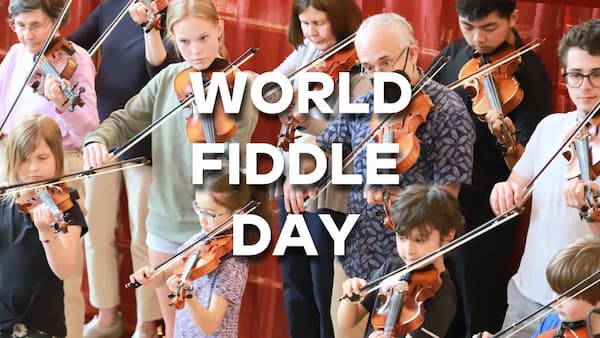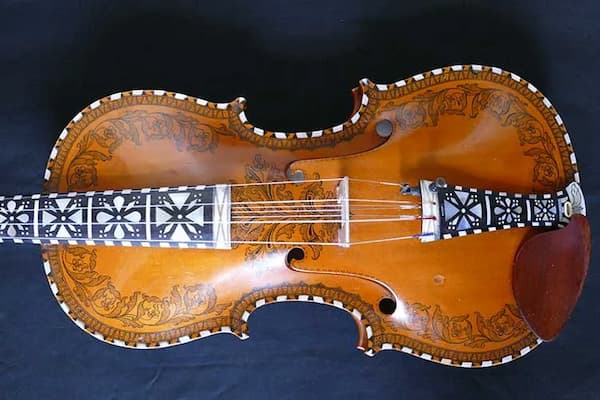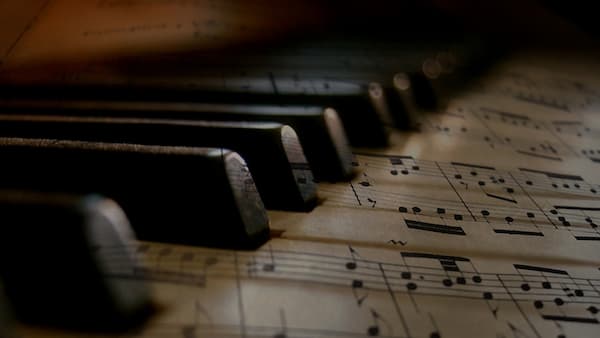Every third Saturday in May, and that’s 17 May in 2025, we celebrate World Fiddle Day. It’s a day for a global hoedown where fiddles screech, twang, and produce off-key notes like a squirrel caught in a banjo.
World Fiddle Day was born in 2012 thanks to Irish fiddler Caoimhin Mac Aoidh. Now, don’t confuse a fiddle with its snooty cousin, the violin. It is mostly the same instrument, but with a completely different attitude.

World Fiddle Day isn’t about perfection, but about joy, community, and maybe a few notes that accidentally summon a flock of confused geese. From Irish pubs, to Norwegian fjords and Appalachian porches, let’s raise a glass—or a bow—to the fiddle.
Traditional Appalachian Fiddle Playing
Violin with an Attitude
The fiddle is a violin with a wild side, it gets scratched and plucked by musicians in a manner that could wake up a hibernating bear. It’s all rooted in folk traditions, like Irish jigs, Scottish reels, or American bluegrass.
The overall vibe of fiddle music is energetic, a bit mischievous, and totally unpretentious. And it looks like the fiddler is trying to cut firewood with a bow. The music has been around forever, and it likely passed down like your grandma’s secret pie recipe.
Norwegian Folk Music on Hardanger Fiddle
Fiddling Cousins
Fiddle music is like a musical time machine, zipping you back to when folks gathered around campfires or in creaky taverns to share tunes that told their stories. It’s the rowdy cousin of classical violin, born from folk traditions across Europe, especially in places like Ireland, Scotland, and Scandinavia, where every village had a fiddler who could make a crowd dance or cry with a single note.
When settlers hauled their fiddles across oceans to America, the music soaked up new flavours from banjo-playing cousins. Back then, fiddles were the life of the party because they were portable, loud enough to cut through a noisy barn, and they didn’t need Wi-Fi to work.
Fiddle Medley
Duelling Fiddles
In Celtic lands, fiddlers battled in musical duels, trading licks like verbal roasts. In America, fiddle tunes fuelled square dances and told tales of hardscrabble life, from coal mines to cattle trails.
Today, fiddling is still the backbone of bluegrass, country, and folk festivals, where players young and old shred reels and jigs like they’re auditioning for a leprechaun’s band. Fiddle music’s charm is its scrappy spirit. It is raw, real, and always ready to start a ruckus or tug a heartstring.
Morrison’s Jig
World Fiddle Day

Hardanger fiddle
In the end, World Fiddle Day is proof that a tiny wooden box with strings can be the life of a party. It’s a global showdown of bows, with fiddlers young and old making toe-tapping reels for grandma’s attempt at a TikTok video or a soulful waltz that has everyone sniffling into their beer.
The fiddle is the scrappiest instrument alive, capable of outshining a rockstar’s ego. While violins sit politely in orchestras, the fiddle runs wild. It’s the go-to for folk rebels yet versatile enough for a prodigy. The fiddle’s got a chip on its shoulder and a tune for every soul, as long as it isn’t “Happy Birthday.”
For more of the best in classical music, sign up for our E-Newsletter



